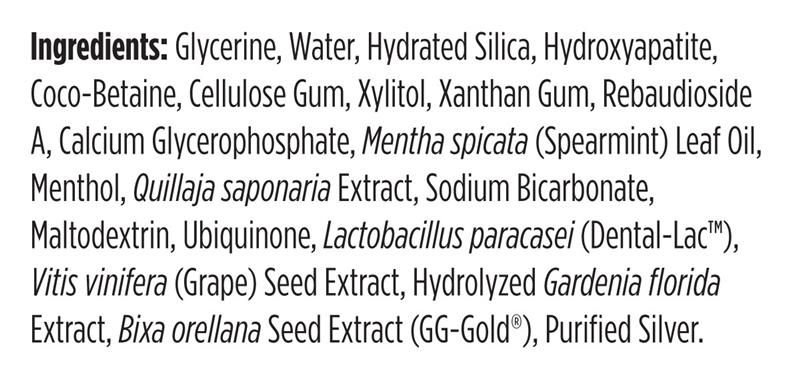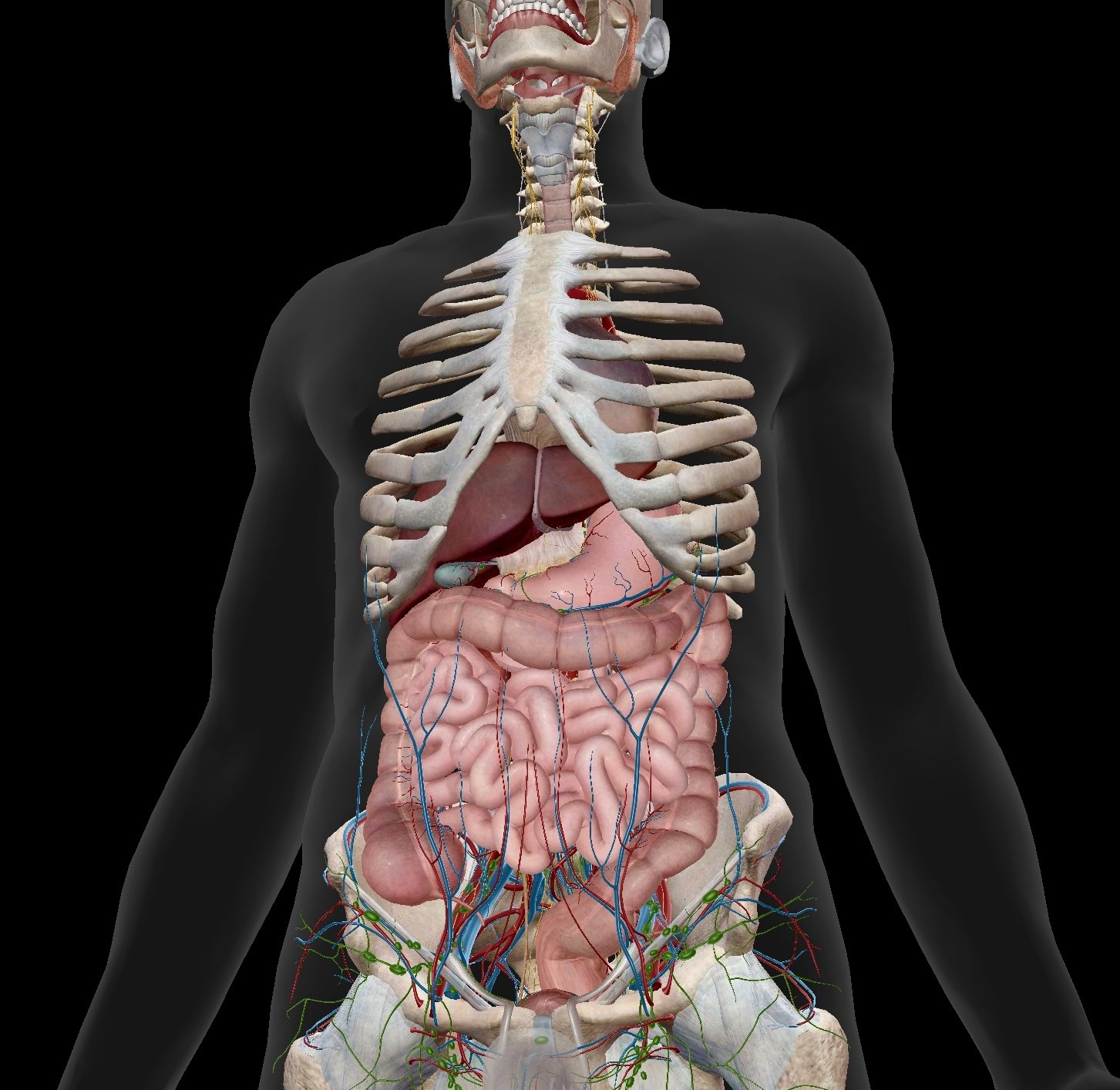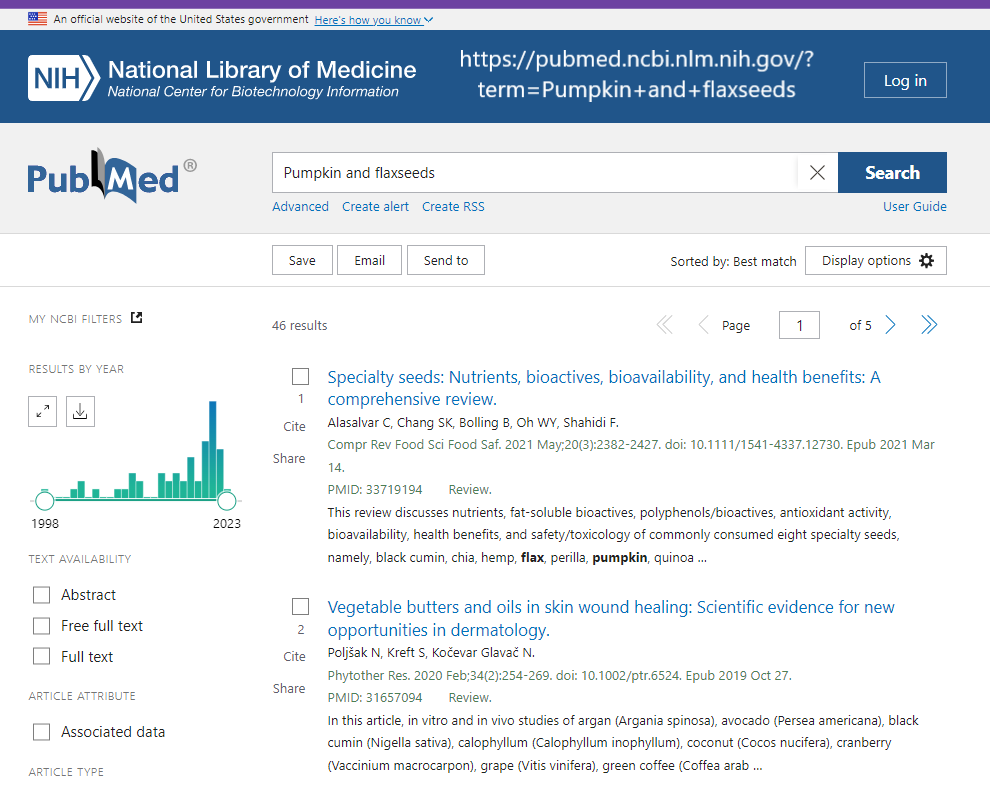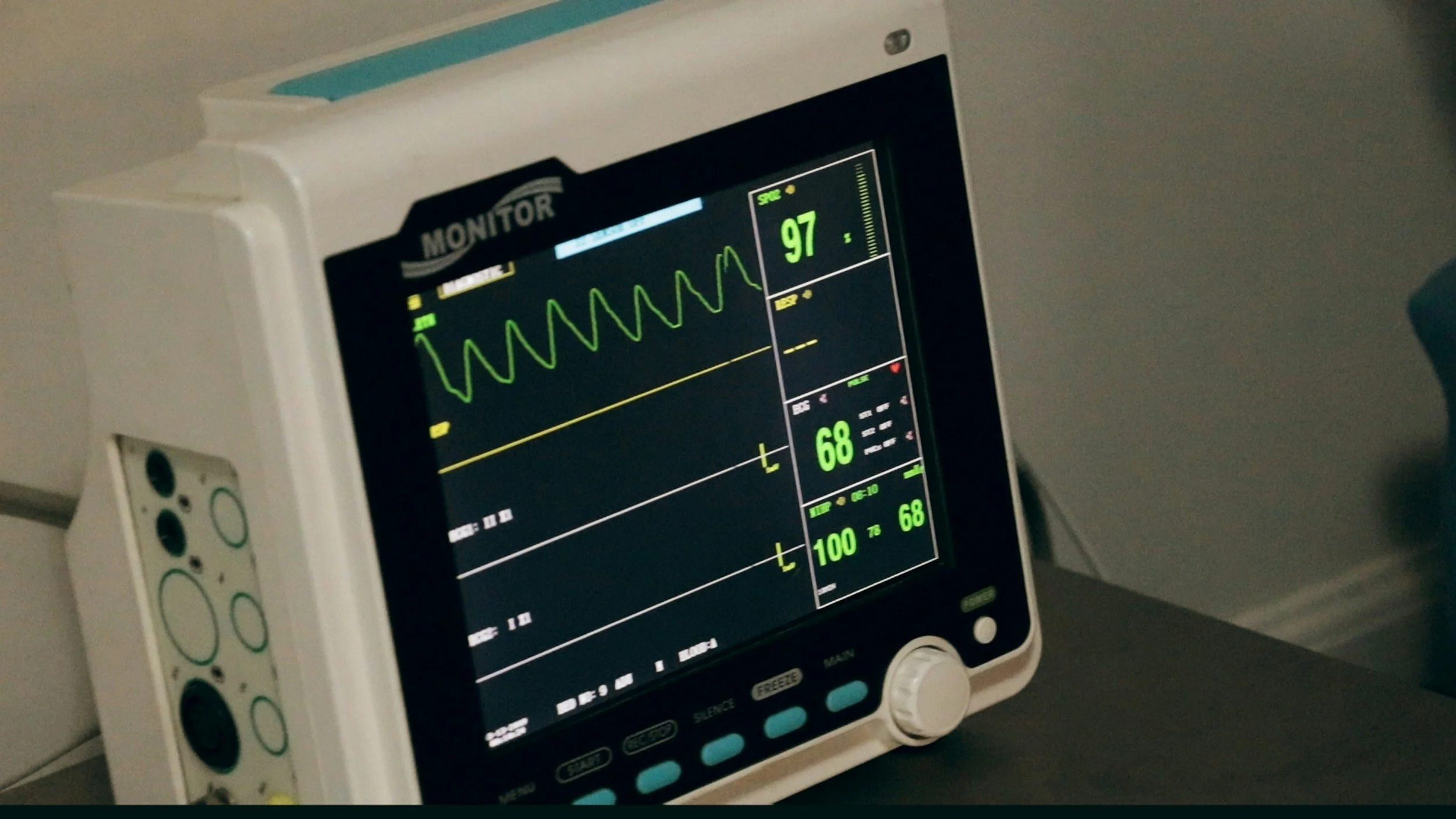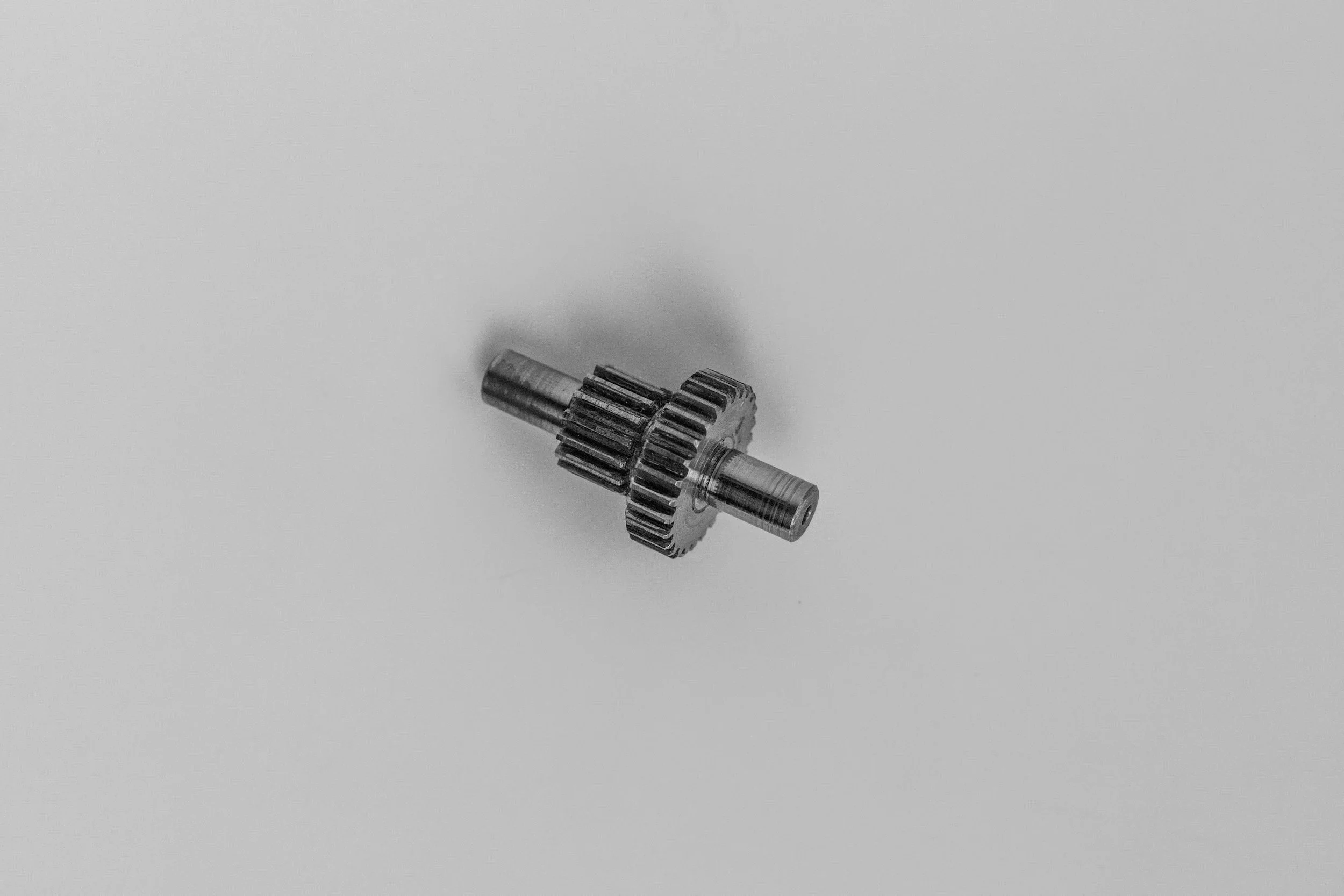Cholesterol
Why has the American Heart Association changed there view on Cholesterol and Eggs? Maybe one reason is because if cholesterol is too low, you increase your mortality risk?
Cholesterol has been vilified as the major cause of heart disease. The claim that it clogs our arteries is known world-wide, despite no scientific evidence to validate the idea.
Heart disease was considered a very rare disease in the early 20th century. As food processing began to take off so did the occurrence of heart disease. By the 1950’s, it was considered a major health threat. Over the last 50 years, a whole arsenal of drugs and surgeries has been developed to address this increasingly growing disorder
Today, even with trillions of dollars of research and the best medical equipment available, the American Heart Association said in 2012 that Americans have a 48% chance of getting this deadly disease.
A theory developed in the 1950’s by Ancel Keys states that there is a direct relationship between the amount of saturated fat and cholesterol in the diet and the incidence of coronary heart disease. Keys’ wrote about this hypothesis promoting it throughout the medical world with questionable evidence.
There have been hundreds of subsequent studies testing this hypothesis with different conclusions. Despite the lack of evidence, this theory took off throughout the healthcare world and was fueled by the vegetable oil and food processing industries that sought to benefit from this finding. This is the basis for the cholesterol myth that many still believe today.
Approximately 90% of all properly documented studies investigating the lipid hypothesis do not support the claim that “artery-clogging” saturated fats and dietary cholesterol cause heart disease.
In a 1994 study in the British medical journal Lancet, London researchers analyzed the fat they found in clogged arteries. Only 26% of it was saturated animal fat. The other 74% was unsaturated. That’s the same type of fat you find in “heart healthy” canola oil.
Most of the fat within a clogged artery is not saturated fat and cholesterol. Calcium is a major player in arterial plaque and yet very rarely discussed. One probable cause of imbalanced Calcium levels in the blood is over exposure to Electromagnetic fields from our Digitally overexposed levels from the microwave energies from Cell phones, 5g satellites, wifi etc.
The Framingham Heart Study showed that people with a cholesterol level under 200 suffer from 40% of heart attacks.
Research also shows that people with cholesterol 180 mg/dl or below are three times more likely to have a stroke.
Many people that have heart attacks are already on cholesterol lowering drugs.
Demands that will increase cholesterol requirements include stress, inflammation, demands on insulin (high carbohydrate intake). The cholesterol levels in your body are determined by your environment which you can control.
Our society has been trained to make LDL appear as bad but research is showing that it is extremely important for producing sex hormones, new cell membranes and for bringing fat soluble nutrients like vitamins A, D, E and K to the cells to help them deal with oxidative stress and function properly.
According to Dr. Mary Enig, PhD, an expert in lipid biochemistry, her extensive research on the roles of saturated fat and cholesterol in our bodies and the intake of these compounds in our diet.
1. Cell Membrane Health: Saturated fatty acids and cholesterol constitute at least 50% of the cell membranes. They are what gives our cells necessary stiffness and integrity.
2. Bone Health: They play a vital role in the health of our bones. For calcium to be effectively incorporated into the skeletal structure, at least 50% of the dietary fats should be saturated. Cholesterol is the precursor to vitamin D & major hormones that regulate stress, energy & sex hormone (estrogen, progesterone, DHEA, testosterone) function.
3. Lower Lp (a): They lower Lp(a), a substance in the blood that indicates proneness to heart disease. They protect the liver from alcohol and other toxins, such as Tylenol.
4. Enhance Immunity: They enhance the immune system and act as an anti-depressant by enhancing serotonin receptor function. Low cholesterol is highly associated with violent & aggressive behavior, depression, & suicidal tendencies
5. Proper Use of Essential Fats: They are needed for the proper utilization of essential fatty acids. Elongated omega 3 fatty acids are better retained in the tissues when the diet is rich in saturated fats.
6. Fuel for the Heart: Saturated 18-carbon stearic acid and 16-carbon palmitic acid are the preferred foods for the heart, which is why the fat around the heart muscle is highly saturated. The heart draws on this reserve of fat in times of stress.
7. Anti-Microbial Properties: Short- and medium chain saturated fatty acids have important antimicrobial properties. They protect us against harmful microorganisms in the digestive tract. Cholesterol plays a vital role in the repair and maintenance of the intestinal wall, preventing leaky gut syndrome, ulcerative colitis, and a host of other intestinal disorders.
8. Antioxidant Protection: Cholesterol is now understood to be a vital anti-oxidant that protects us from free radical damage and helps to heal any arterial damage that may have occurred. Higher levels of free radical damage from oxidative stress = higher levels of circulating cholesterol.
9. Bile Production: Cholesterol produces bile salts that help us metabolize fats in our diet.
10. Brain and Nervous System Development: Cholesterol is extraordinarily important for babies & children as they develop their brain and nervous system. Over half of the brain is composed of saturated fats and cholesterol. Interestingly, one of the richest sources of cholesterol is mother’s milk, which also contains a special enzyme that helps the baby metabolize and use this nutrient.
The cholesterol myth continues to confuse and mislead both doctors and the public today. But the truth is that cholesterol is one of the most powerful healing foods and molecules your body can ingest and produce. The problem lies in the oxidation of cholesterol from high levels of free radicals and high firing inflammatory pathways. The key to preventing and reversing heart disease is to put out the inflammatory fires.
More than 35 million Americans are on a statin drug, making it one of the most prescribed medicines in the U.S. Lipitor — which is just one of several brand name statin drugs — is one of the most profitable drugs in the history of medicine The “statin empire” is built on prescribing these drugs to people who really don’t need them and are likely to suffer side effects without getting any benefits. By simply revising the definition of “high cholesterol,” which was done in 2000 and again in 2004 in the U.S., millions of people became eligible for statin treatment, without any evidence whatsoever that it would benefit them.
Statins are HMG-CoA reductase inhibitors; that is, they block the enzyme in your liver responsible for making cholesterol (HMG-CoA reductase). According to Drugs.com, more than 35 million Americans are on a statin drug, making it one of the most prescribed medicines in the U.S. 1 2 National Health and Nutrition Examination Survey data suggest 47.6% of seniors over the age of 75 are on a statin drug. Lipitor — which is just one of several brand name statin drugs — is one of the most profitable drugs in the history of medicine.
Medical professionals are now largely divided into two camps, one saying statins are lifesaving and safe enough for everyone, and the other saying they're largely unnecessary and harmful to boot.
Demasi suggests that to understand how health professionals can be so divided on this issue, you must follow the money. The cost of developing and getting market approval for a new drug exceeds $2.5 billion. "A more effective way to fast-track company profits is to broaden the use of an existing drug," Demasi says, and this is precisely what happened with statins.
"Do Your Homework Before Taking a Statin There's a lot of evidence to suggest drug company-sponsored statin research and its PR cannot be trusted, and that few of the millions of people currently taking these drugs actually benefit from them. Some of the research questioning the veracity of oft-cited statin trials is reviewed in "Statins' Flawed Studies and Flawed Advertising" and "Statins Shown to Extend Life by Mere Days." To learn more about the potential harms of statins, see "Statins Double Diabetes Rates," "Statins Trigger Brain Changes With Devastating Effects," and "5 Great Reasons You Should Not Take Statins."





